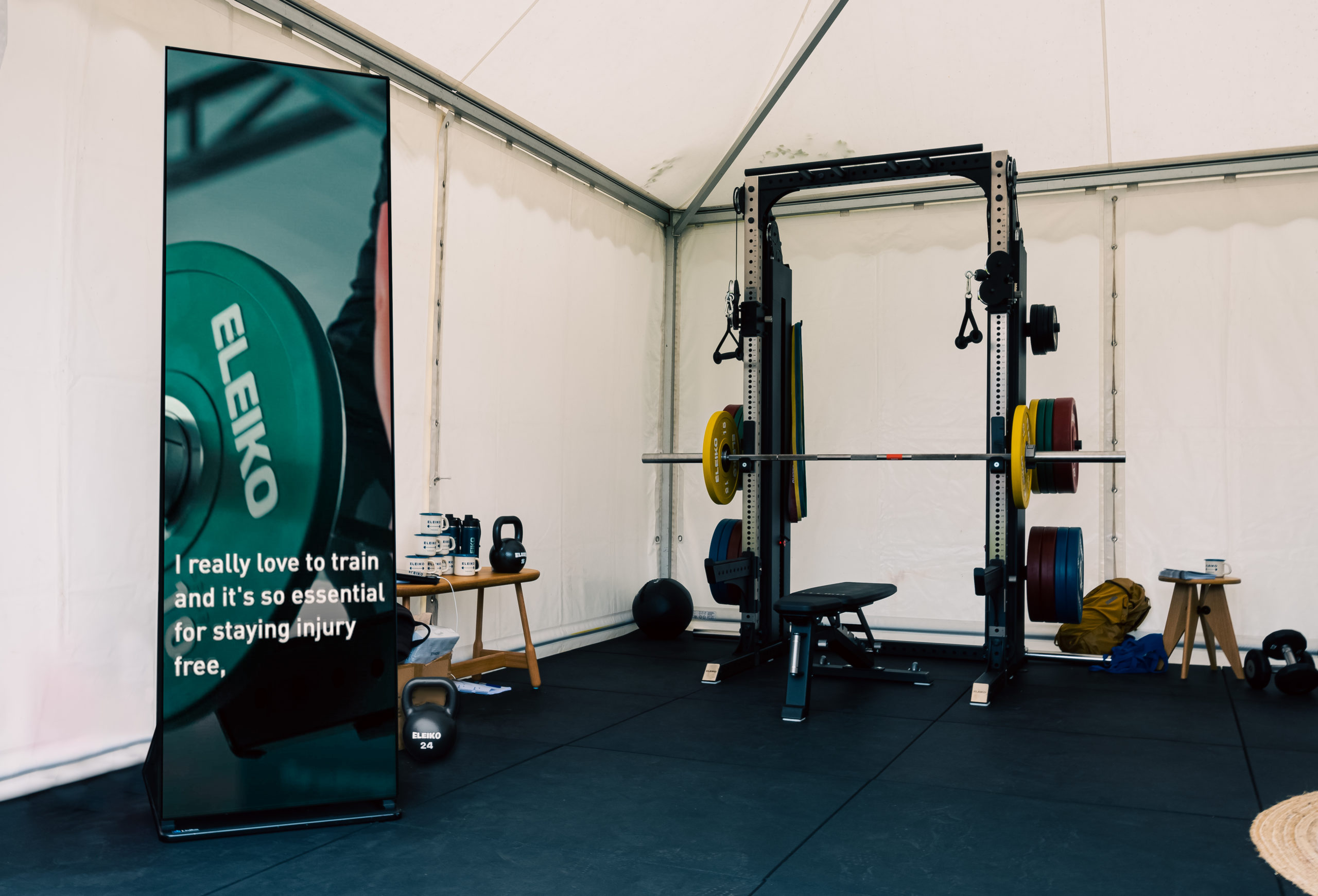The Future of Digital Signage Technology
The Future of Digital Signage Technology
Blog Article
Marketing is the backbone of any successful business strategy, but deciding on the best method may be challenging. With the rise of advanced technology, the debate between led-rollup and standard promotion methods has acquired momentum. This website explores the main element differences, benefits, and negatives of every to help you make the best decision.
What is Digital Signage?
Digital signage employs digital features, such as TVs, LED sections, and active touchscreens, to present advertisements, movies, and powerful content. It leverages digital engineering to deliver real-time communications to targeted audiences in both indoor and outdoor environments.
What're Traditional Promotion Practices?
Old-fashioned marketing encompasses traditional sources like newspapers, magazines, billboards, radio, and TV. This technique depends on printed or fixed looks to share a message and catch interest in high-traffic locations or bulk press platforms.

The Event for Digital Signage
1. Engagement Through Active Content
Based on new reports, interest spans have diminished somewhat in the past decade, posing difficult for traditional ads. Digital signage suits this requirement for vibrant material, as 63% of people claim they discover movie material more participating than static visuals. This interactivity assures that messages are more memorable.
2. Real-Time Upgrades
With electronic signage, you can easily update your messaging at any time. Cutting-edge application allows organizations to modify promotions, offers, or announcements immediately, which is fantastic for fast-paced industries like retail and hospitality. Old-fashioned advertising, nevertheless, is fixed and usually takes times (or longer) to revise, which can stifle marketing agility.
3. Cost-Effectiveness Over Time
Electronic signage could have an increased upfront expense, but it could save your self expenses long-term. Unlike old-fashioned printing techniques that need recurring product generation and circulation, digital signage reduces continuing costs by utilizing used screens.
4. Improved Targeting
By adding advanced analytics, digital signage may personalize material for certain readers centered on site, time, or demographics. For example, active exhibits may target ads to fit the choices of those nearby.
The Controversy for Traditional Advertising
1. Larger Take Unique Demographics
For decades, old-fashioned marketing has effortlessly achieved older class who're less inclined to activate with digital platforms. TV advertisements and radio ads however maintain significant swing among these groups.
2. Tangibility and Credibility
Printed resources, such as for example newspapers or flyers, offer a tactile knowledge that some people see more trustworthy. Studies indicate that traditional methods like print however produce customers experience more linked to models than fleeting electronic ads.

3. Zero Addiction on Technology
Unlike electronic signage, old-fashioned promotion does not count on energy or web connectivity. That independence makes it a dependable decision using environments or under tough circumstances.
Which is Better?
The decision between digital signage and traditional promotion heavily is dependent upon your business goals, target market, and budget. Electronic engineering gives freedom, proposal, and modification, rendering it well suited for contemporary and fast-paced industries. On another give, traditional promotion presents lasting affect and stays effective for several demographics.
By evaluating the professionals and drawbacks of both techniques, organizations may art a tailored promotion strategy that best fits their particular needs. Report this page